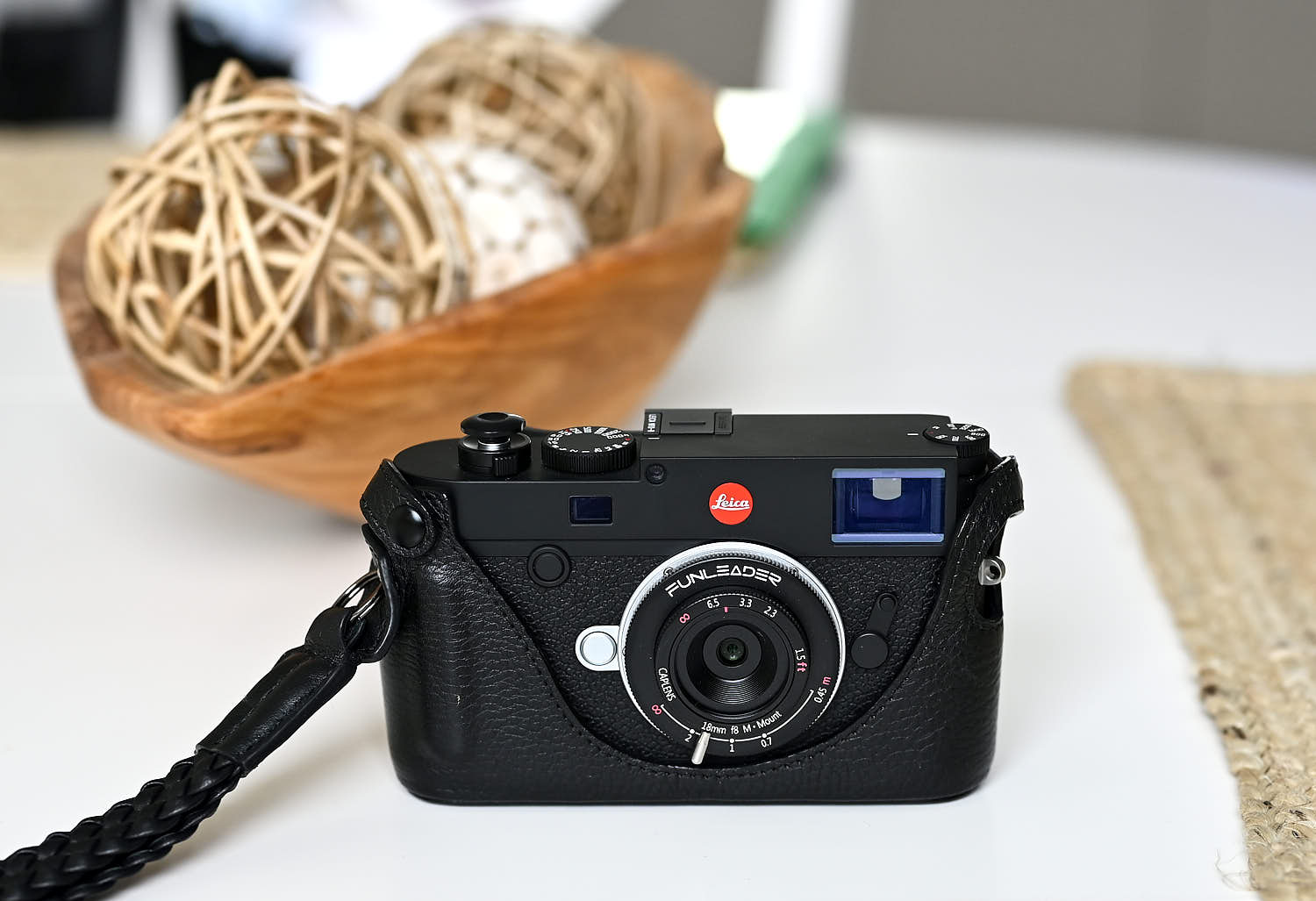Leica Camera lenses are the finest optics on earth, and Leica Camera strives to create the best and innovate in the field of photography. Leica M lenses are compact, light and fast. That’s what makes them costly. But they’re made to last a lifetime – or longer. So, let’s pick the right one:
The Leica M Camera Rangefinder Principle
.jpg)
Leica M lenses are the smallest, fastest and finest photographic lenses in the world. Each Leica lens is a little jewel in and of itself. They stand the test of time – visit your Leica dealer and see how well a properly maintained vintage Leica M lens performs. Leica M (Typ 240) 200 to 6,400. Pull 100 available, Auto ISO. Rangefinder and additional color LCD display: 3', 920,000 pixels. The Leica M (Typ 240) is a full-frame digital rangefinder camera of Leica Camera AG. It was introduced in September 2012, and is the successor to the Leica M9 range of cameras. M-System Lenses. Leica's high-performance optics, which are all made by hand at Leica's main factory in Solms near Wetzlar, Germany are the fruit of many years of experience in optics and precision mechanics, unique technologies, high-quality materials and the commitment and craftsmanship of competent staff. Tack-sharp details, beautiful image. Leica M digital cameras come in many different types, from point-and-shoot cameras to digital SLR cameras. They are also available in a wide range of resolution amounts that extend anywhere from 5 megapixels to more than 20.

Because the Leica M camera does not show the photographer precisely what the lens 'sees', the choice of focal length (the angle of view* of the lens) is paramount.
The Leica M is an extraordinary camera. And it is most often found in the hands of extraordinary people. People who see the big picture, who look twice, question triviality and recognize the unusual in everyday things.
* For the purposes of this article, the terms 'angle of view' and “focal length” are synonymous.

The Leica M camera viewfinder is simply a window that the photographer must use to compose the image.* Since the viewfinder is only a simple window, the Leica M camera superimposes frame-lines of various focal lengths into that window. The photographer frames his or her image using these frame-lines, which give an approximation of what the lens will capture. Just look at the front of a Leica M camera and you can plainly see that the large viewfinder window at top left is not in line at all with the actual lens – where the photo is made. This can be vexing for some photographers, but you get used to it. (More on this in our upcoming article on The Leica Rangefinder.) So, when looking through the viewfinder/rangefinder of the Leica M camera – and considering the frame-lines there – what you will get when you make the photograph is actually going to be lower and to the right of the frame-lines you see in the viewfinder. You get used to it, and the viewfinder/rangefinder of the Leica M camera is stunningly accurate. But this article is about lenses.
* Leica M digital camera viewfinders are 68% of actual size. Most film M cameras 72% of actual size. The Leica M3 remains extremely popular due to its 93% of life-size viewfinder magnification. With the M6 model, Leica began to manufacture viewfinder with 58% and 85% of life-size viewfinder magnification, which each have their own practical applications.
Leica M Digital
Why Leica M Lenses*
'Do you want the job done cheap, fast or good?' a friend is fond of asking his clientele. This maxim holds true for much in life, I think. Leica M lenses are the smallest, fastest and finest photographic lenses in the world. Each Leica lens is a little jewel in and of itself. They stand the test of time – visit your Leica dealer and see how well a properly maintained vintage Leica M lens performs. New Leica lenses do not come cheap. And, as it happens, they are not made particularly quickly, either. Leica takes their time manufacturing lenses, which is precisely how they make the very best. And they are not just good, but fantastic. Ever heard anyone say they don’t like their new Leica M lens?

Leica M Camera
* For the purpose of this article and simplicity’s sake, we are treating onlyLeica M lenses – not screw-mount or Visoflex or other-manufacturers’ screw-mount or M-bayonet-mount lenses. Many screw-mount lenses of all sorts work wonderfully on Leica M cameras – both analogue and digital M cameras. Contact us to learn more.

What Does It All Mean (or, Why do Leica people use all these strange words) ?!
A little background: photographic lenses are described in both number of focal length millimeters (“mm”), and in their “f-number,” or “f-stop.” The term “f-stop” and “aperture” are synonymous.
Leica M6
The idea of the f-stop was first described for photography in 1867 and has become a worldwide standard; it is the ratio of the focal length of the lens to the diameter of the entrance optics (front lens element or assembly). But what’s really important to understand is that the lower the f-stop – or aperture – number (f2,8 versus f4, for example), the more light the lens can capture, all else being equal. This is usually described as how “fast” a lens is, relative to other lenses.